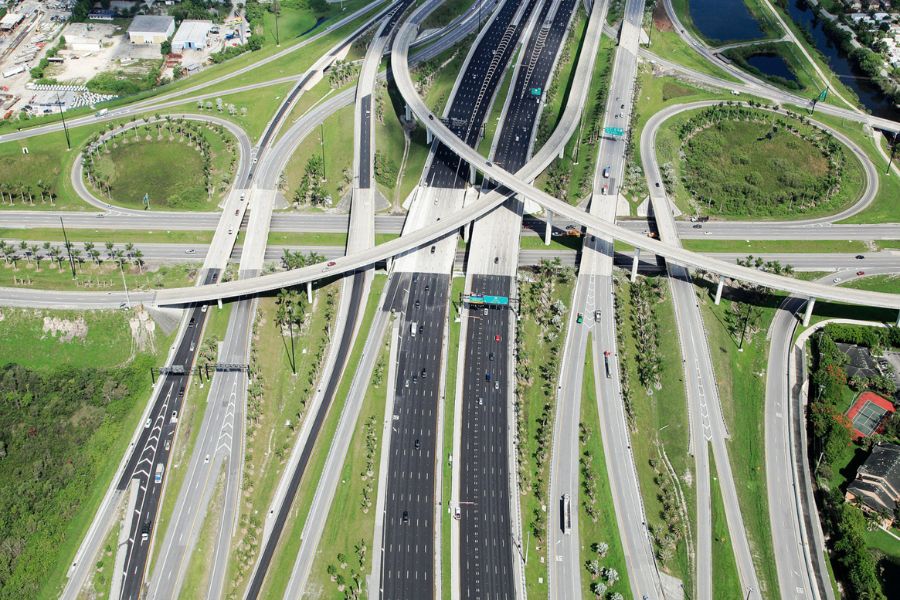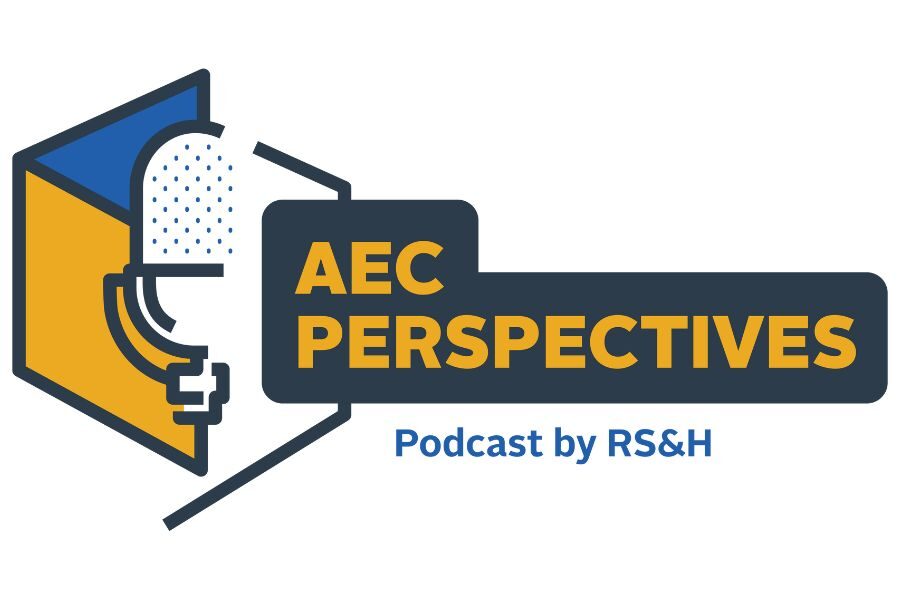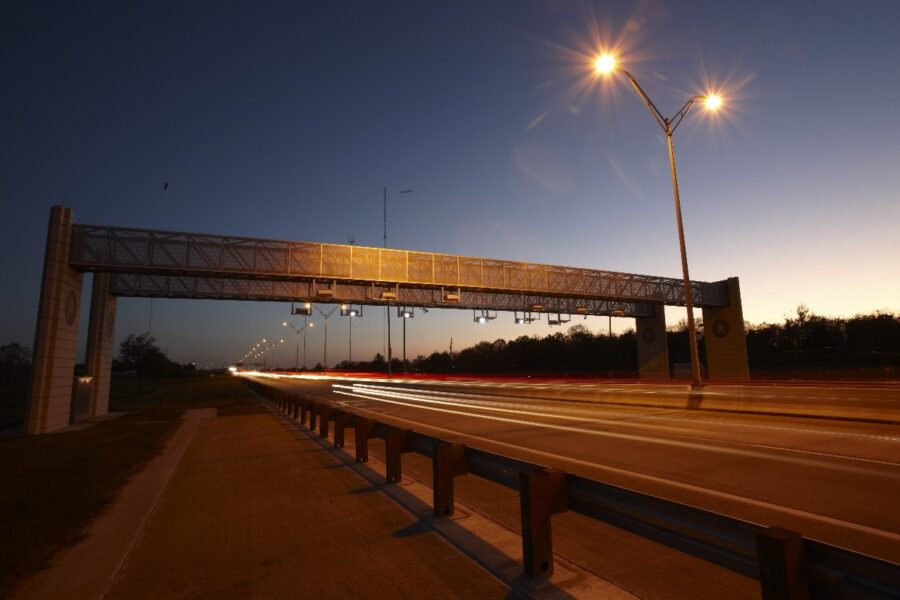P3 Case Study: Florida’s I-595

As it is for most drivers on the road, for most transportation projects, time is of the essence. Last month, we discussed how some states have been successful using Public-Private Partnerships (P3) as a tool to deliver transportation projects.
South Florida’s Interstate 595 P3 project is one such project, finishing years ahead of schedule and achieving superior results for the Florida Department of Transportation (FDOT) because of this alternative solution.
As the RS&H project manager, I had the privilege of being involved in this project prior to its inception as a P3, when it was initially envisioned as a series of 15 traditional design-bid-build projects that would be constructed over an approximate 20-year horizon.
The original construction of the I-595 project was completed in 1990. In a heavily developed urban corridor, I-595 serves as the only east-west freeway in Broward County. Connecting to the airport, seaport and Ft. Lauderdale Beaches to the east and to Florida’s Turnpike, I-75 and Sawgrass Expressway to the west, it was built to withstand traffic growth for 20 years.
But the thoroughfare was pushed to its limit just a few years later when Hurricane Andrew decimated South Miami. The hurricane destruction caused a sudden influx of residents from Miami-Dade to Broward County, bringing with them drastically increased traffic.
It quickly became apparent that more capacity was needed on I-595, particularly during peak hours. In response to this need, FDOT developed a plan to add a reversible express lane system into the median of I-595 to help alleviate the peak-hour congestion that was occurring.
Once FDOT received environmental clearance, the department initiated a plan to implement the improvements using a phased method that would advance the construction using multiple projects. This allowed the work to be constructed within FDOT’s available funding plans. But, the department had many concerns with building the project over 20 years, including:
- The capacity improvements (addition of reversible lanes) wouldn’t be fully realized until the last project was complete, which meant that an additional 20 years of traffic congestion was likely.
- Building the corridor in pieces could limit innovation, since the built projects would control the adjacent sections to some degree.
- Communities would have to wait for their section to be built before planned noise walls could be constructed.
- Having adjacent projects under construction at the same time increased the potential for claims to arise.
- There was potential for ‘throw away’ work to handle transitions of projects to existing until the next project was constructed.
- Ongoing construction within the I-595 right of way (ROW) would likely worsen any current traffic congestion, forcing the public to endure 20 years of construction and traffic delays in the same general area.
FDOT recognized how concerning these issues were for the community and sought an alternative that would allow the plans to be advanced as one major project. The alternative solution eventually decided upon was to deliver the corridor improvements as a P3, but the model was new to the department and the state, and brought with it different challenges. The items below reflect some of the major challenges the project faced, the strategies deployed, and the results that led to a successful project:
Challenge: Decision making around a P3 project
A P3 project challenges FDOT policies, procedures and standards, which have been developed for traditional design-bid-build projects. To capture innovations and allocate risks to the appropriate parties, many decisions need to be made throughout development and procurement.
Strategy
The department assigned an executive with excellent leadership skills to champion the project and provide daily direction and decisions. The department also developed a steering committee for the project, which allowed the project champion to keep senior executives informed of the project status and decisions that needed high level executive concurrence.
Results
The project team moved forward efficiently and was able to meet the aggressive schedule set for the project by getting clear and timely decisions and direction on issues and priorities.
Challenge: Addressing public concerns regarding P3 and the project
Strategy
The department was proactive in meeting one-on-one with elected officials in advance of public information meetings, and was direct in explaining what P3 delivery was and how it was being used for the improvements. The department highlighted how implementing the project as a P3 would help address many of the challenges with the traditional approach, particularly because it would reduce the delays in getting the project implemented well ahead of the 20 year timeline. It also allowed the construction of the noise walls along the corridor to be advanced, a component much desired by the local communities. Constructing the project over a 5 year period versus 20 years of construction was a big selling point.
Results
The public recognized and appreciated the efforts the department put into providing them information and listening and following up on all concerns. The public was favorable to the idea of accelerating the project and the noise walls. Once the project was underway, the public was even more supportive as they saw construction progressing faster than expected, which was a result of the built-in schedule incentives in a P3 model.
Challenge: Deciding on the most appropriate P3 delivery
Strategy
The department made several evaluations utilizing a Value for Money (VfM) analysis in combination with a qualitative risk assessment. The department conducted an industry forum and subsequent one-on-one meetings with potential proposers to help gain insight on decisions being contemplated as well as industry concerns and suggestions.
Results
The department weighed all options carefully, including design-build-finance and a true toll concession P3, and selected an availability payment model. The P3 availability model provided FDOT more flexibility with future improvements, reduced some of the risks to the developers, and maximized competition for the project, while also reducing potential controversy of a private entity setting toll rates and collecting the toll revenue.
Challenge: Potential schedule and cost impacts of the ROW and drainage permitting risks
Strategy
The department advanced the design to focus on ROW requirements by securing a conceptual drainage permit for the corridor. The department advanced negotiations with adjacent golf courses to share drainage facilities.
Results
The department was successful in negotiating agreements with three adjacent golf courses, saving over $40 million in ROW and avoiding the condemnation of developed properties, which could have created a huge challenge to accomplish under the P3 contract without undue risk and significant impact to schedule.
Ultimately, the I-595 project was successful simply by virtue of being completed on time and within budget. But, beyond that, the project met the objectives of FDOT while alleviating the public’s pain.
From the outset of the project, the department set practical goals and assigned effective leadership to shepherd this complex project to successful completion. The project was completed in record time, bringing much needed traffic relief to Broward County at least 15 years earlier than anyone had envisioned.



